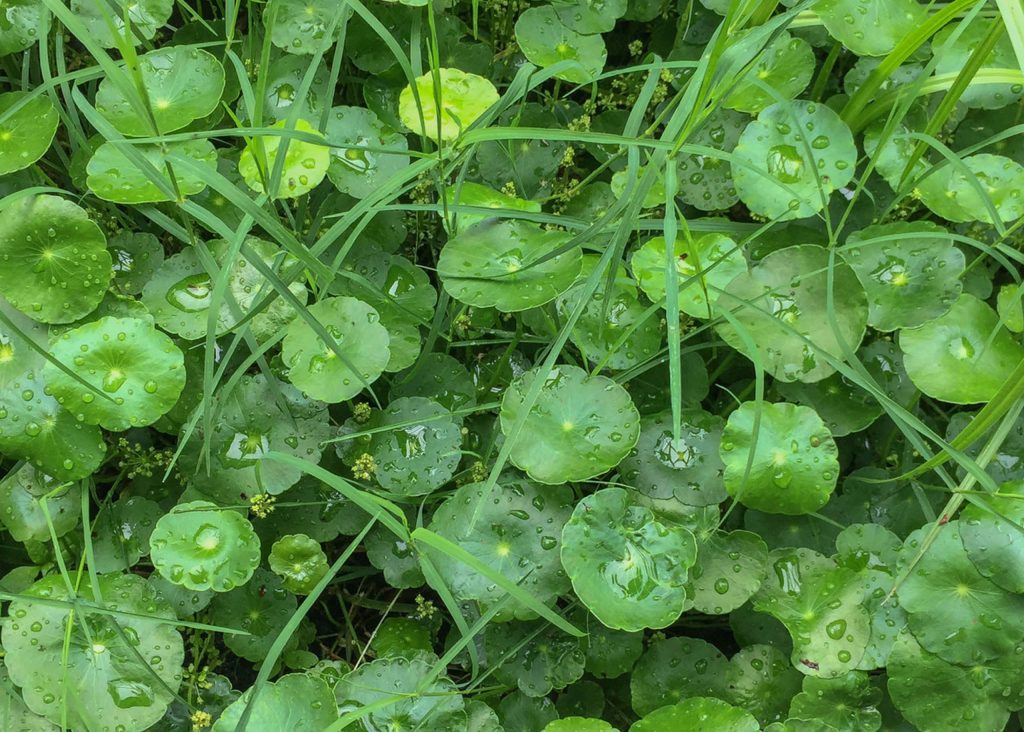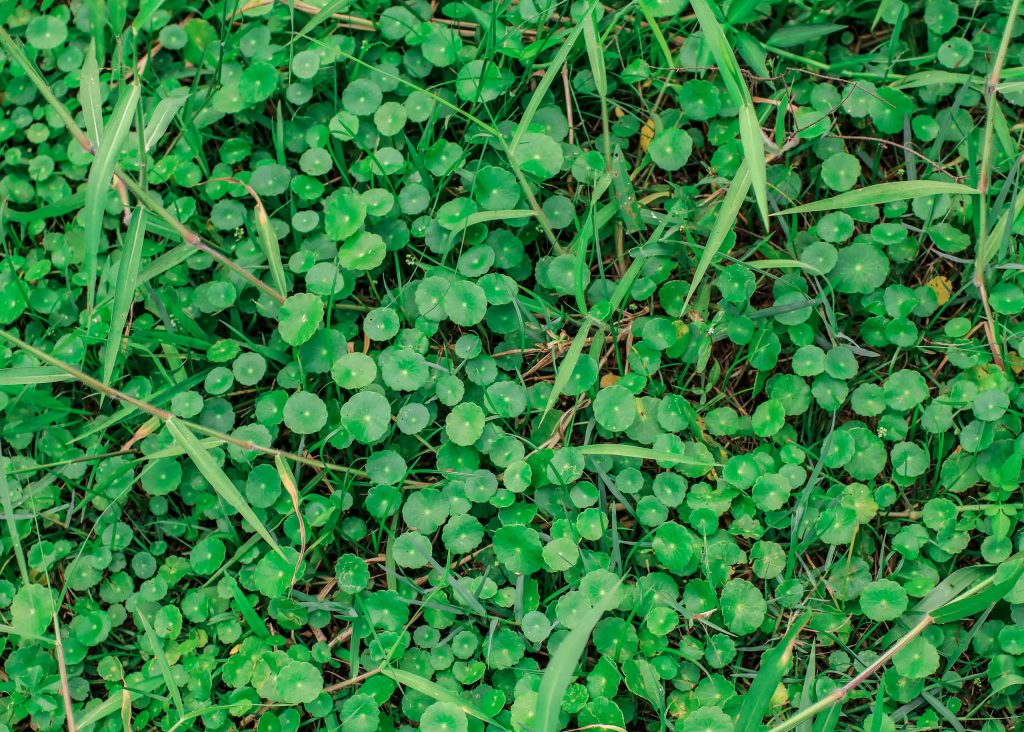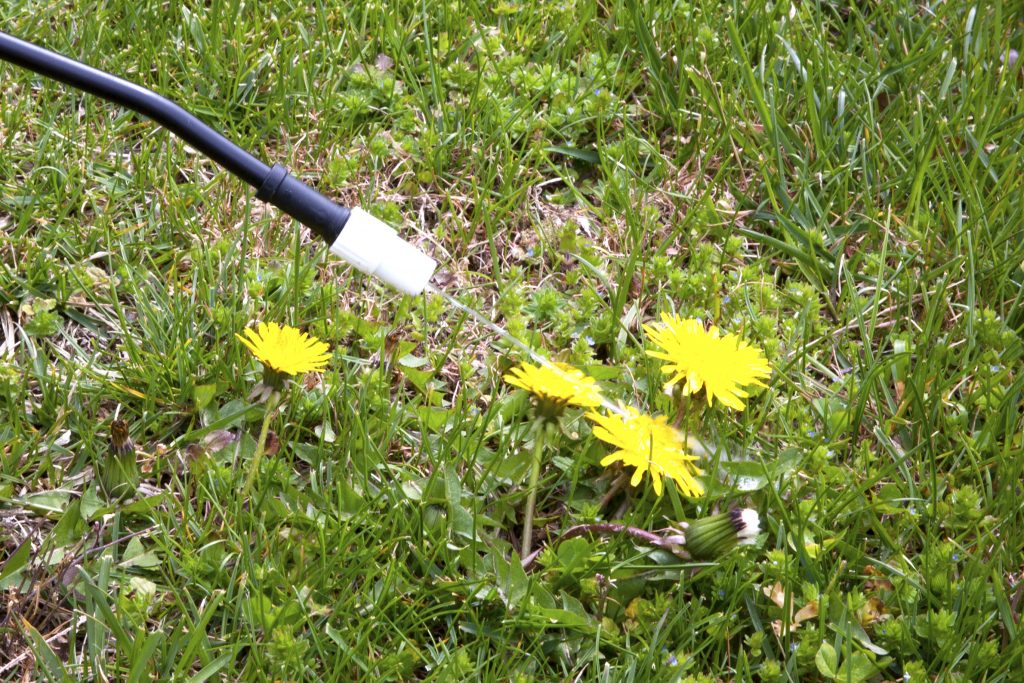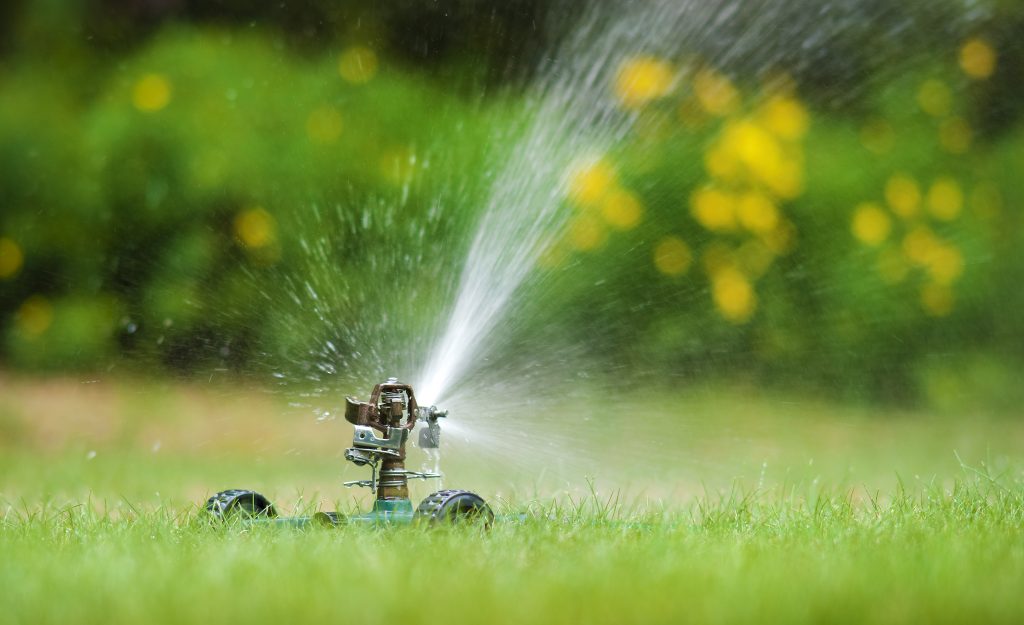What are Perennial Weeds?
Perennial Weeds are longer lived plants that can survive winter or regrow from roots, rhizomes or tubers in spring after a period of dormancy. Many weeds that grow from seed ...

 Dollarweed, also known as pennywort, is a nuisance: this water-loving weed can spread quickly and can be difficult to eradicate once it becomes established in your lawn.
Dollarweed, also known as pennywort, is a nuisance: this water-loving weed can spread quickly and can be difficult to eradicate once it becomes established in your lawn.
Fortunately, there are several approaches to get rid of dollarweed and keep it from coming back.
 Dollarweed, also known as pennywort, is a perennial warm season weed that typically grows in moist, shady lawns and unplanted areas of the garden. It is a minor weed of lawns and grasses in Australia, but can be a nuisance, growing out of control if not managed appropriately.
Dollarweed, also known as pennywort, is a perennial warm season weed that typically grows in moist, shady lawns and unplanted areas of the garden. It is a minor weed of lawns and grasses in Australia, but can be a nuisance, growing out of control if not managed appropriately.
It is widespread in tropical, sub-tropical and warm-temperate regions, and tends to crop up in moist areas of the garden, and alongside creeks and wetland areas.
Dollarweed can be recognised by its bright green, glossy rounded leaves with wavy edges, similar in appearance to lilypads. The weeds get their name from their coin-shaped leaves that resemble silver dollars.
Dollarweed can grow up to 15cm in height, and they usually grow in moist shady lawns, gardens, and unplanted areas. It is commonly confused with another weed called dichondra, but can be differentiated by the stem, which grows from the centre of the leaf, like an umbrella. It grows small, white flowers appear through Summer, and spreads by creeping roots (rhizomes) that allow it to multiple in a short amount of time.
While prevention is usually the best approach, there are a few ways to remove dollarweed from your lawn. It may take a combination of treatments before you successfully eradicate this pesky weed.
There are several organic approaches to removing dollarweed.
 Sometimes, the only way to deal with dollarweed is by using chemical herbicide. For small quantities, you can spot spray them with a ready-to-use herbicide.
Sometimes, the only way to deal with dollarweed is by using chemical herbicide. For small quantities, you can spot spray them with a ready-to-use herbicide.
For larger areas of infestations, an effective approach is to ‘Weed and Feed’. This involves stressing the weeds by holding off watering of your lawn – your grass will be able to handle this, but the dollarweed won’t. After the two-week period, apply a weed-and-feed product, which will give your lawn much needed nutrition, but will kill off the dollarweed.
Herbicides should be applied while the dollarweed is still actively growing, especially in spring when young plants are at their most vulnerable. Check the label for specific application instructions for your type of grass.
Since dollarweed thrives in moist environments, most approaches involve reducing the level of moisture, and adapting your mowing and watering regimens.
 Dollarweeds are related to aquatic plants, so they love being in wet environments. Monitor your lawn’s moisture levels and adjust your watering frequency as a first step. You may also need to address poor drainage by aerating your lawn and improving air circulation. This will help to dry out problem areas.
Dollarweeds are related to aquatic plants, so they love being in wet environments. Monitor your lawn’s moisture levels and adjust your watering frequency as a first step. You may also need to address poor drainage by aerating your lawn and improving air circulation. This will help to dry out problem areas.
Weeds often take hold when your lawn has a nutrient imbalance, and dollarweed is no different. Maintain well-fertilised lawns by applying fertiliser at least twice a year to provide your lawn with the nutrients it needs to grow thick and out-compete the dollarweed.
Keeping your lawn mowed at the correct height can also be an effective way to manage dollarweed. Mowing your lawn at the right height (not too short) allows the grass to grow thick and develop a deep root system. Mulching around trees and shrubs can also help prevent the invasion of weeds.
Products suitable for controlling dollarweed (pennywort) include:
Dollarweed is a perennial warm season weed that thrives in moist, wet conditions. It is a common weed across warm-temperate parts of Australia and can grow out of control if not managed appropriately. Eradication can be achieved with herbicides, or a range of organic weed killing solutions, however the most effective solutions for controlling dollarweed involve addressing excessive moisture and reducing watering, maintaining good lawn health, and good mowing practices.
For more information on leading herbicide treatments for your home lawn, visit myhomeTURF’s online store.